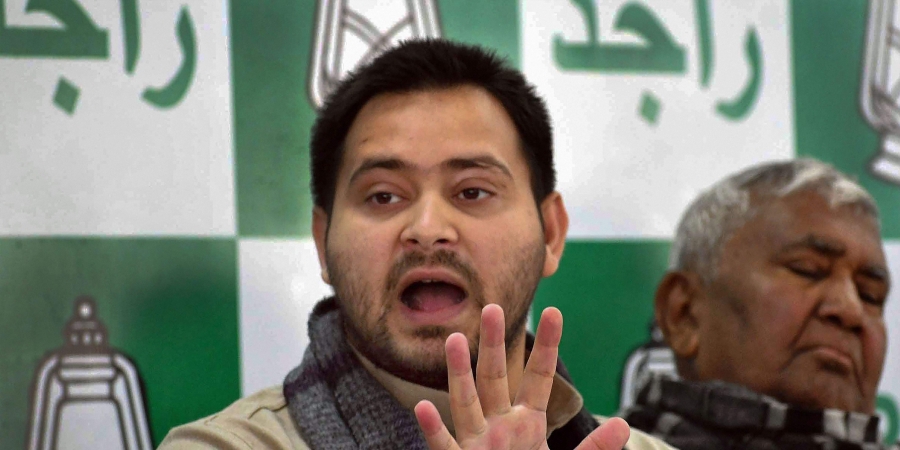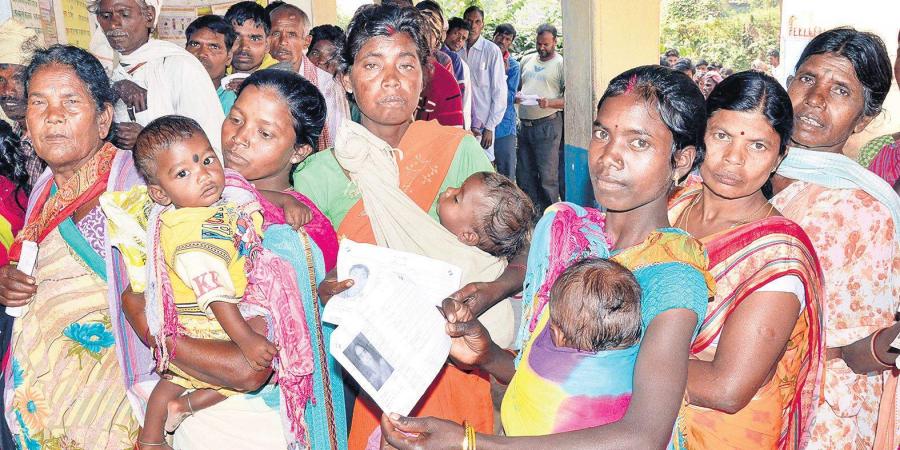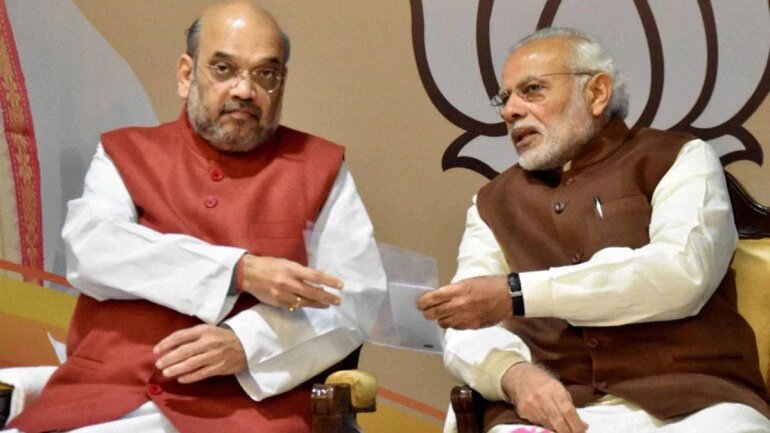Source – indiatoday.in
Jharkhand goes to the polls in five phases between November 30 and December 20 for 81 assembly seats. The BJP faces a stiff challenge to retain Jharkhand in order to wrest the trend of losing states in the past one year.
In November 2018, the BJP boasted of having chief ministers in 16 states. Now, the party is in power in 12. The loss of four states happened on both sides of the 2019 Lok Sabha election in which Prime Minister Narendra Modi pulled off a spectacular victory for the BJP.
The challenge looks particularly daunting in Jharkhand in view of the assembly election results in Maharashtra and Haryana, and subsequent trouble with allies. The less than expected performance and bitter experience with its allies in Maharashtra and Haryana is believed to be weighing heavily in the minds of BJP leadership headed by Modi-Shah.
In Jharkhand, the BJP has not yet sealed a seat-sharing arrangement with its existing ally — the All Jharkhand Students Union (AJSU). The LJP, its ally in Bihar, too wanted to join hands with it but has now decided to contest the election on its own.
On the other hand, the Opposition parties – the Jharkhand Mukti Morcha (JMM), the Congress and the RJD – have inked a seat-sharing formula after returning from the verge of collapse. On paper, the Opposition alliance looks formidable in Jharkhand.
In the run-up to the Jharkhand assembly elections, the BJP has suffered setbacks with leaders, including chief whip Radhakrishna Kishore, switching sides to the AJSU and complicating matters. State elections have emerged as a new headache for the BJP.
STATE ELECTIONS ARE BJP’S NEW WORRY
In state elections, where PM Modi is not a direct factor, the BJP has struggled. Many believed that the triple loss in the Hindi heartland states of Rajasthan, Madhya Pradesh and Chhattisgarh was a mere blip or the call of democracy-to change governments in elections. But the recent elections in Maharashtra and Haryana reinforce the critics’ assertion that the BJP is on a sticky ground in states where PM Modi’s personal appeal is not a moving factor.
The BJP barely scraped through in Haryana piggybacking on fledgling Jannayak Janata Party of Dushyant Chautala, who emerged as the kingmaker. The BJP’s claim of providing good governance for five years failed to find enough echo from the people and the party fell short of majority.
In Maharashtra, the BJP leadership of Narendra Modi and Amit Shah got foxed by rather underestimated politician Uddhav Thackeray, who is most-likely to be the next chief minister in the state.
The BJP contested Maharashtra election in alliance with the Shiv Sena, which changed track after election results left BJP short of majority, though the coalition got a clear mandate to form government. Now, the BJP is likely to sit in Opposition and its rivals, the Congress and the NCP, to share power with the Shiv Sena.
MAHARASHTRA-HARAYANA HANGOVER IN JHARKHAND
There is apprehension in the BJP camp that Jharkhand may follow the trend seen in Haryana or Maharashtra. The BJP leadership has been in dilemma whether it should go solo in the election or concede more seats (than it wants) to its ally/ies in Jharkhand.
In 2014, the BJP contested Jharkhand Assembly election in alliance with the All Jharkhand Students Union (AJSU). They got 43 of 81 assembly seats defeating the grand-alliance of the Congress, the RJD, the JDU and the Jharkhand Mukti Morcha (JMM).
Now, the BJP-AJSU alliance is almost over. The BJP has been announcing its nominees without clarifying if it will continue its alliance with the AJSU, which is the oldest ally of the party in the state. The two parties have never contested separately since the formation of Jharkhand in 2000.
The AJSU and the LJP of Ram Vilas Paswan (the party is now led by his son Chirag Paswan), however had expressed willingness to contest Jharkhand election in alliance with the BJP. But the LJP last week announced it will go alone. The AJSU is also apparently forced to chart the same path. Both are constituents of the BJP-led NDA.
It seems the post-election politics of Maharashtra and Haryana is hovering over Jharkhand election, making it difficult for the BJP leadership of Modi-Shah to take a decision about pre-poll alliance.
In Haryana, it went alone and fell short of majority. In Maharashtra, it allied with the Shiv Sena but the Shiv Sena dumped it after election results were announced.
The BJP, therefore, finds itself in a catch-22 situation in Jharkhand. It is not sure about forming alliance but it is not looking confident either to win majority on its own. In 2014 assembly election too, it wasn’t able to cross the half-way mark on its own.
FOR MODI VERSUS FOR BJP?
There is more to worry for the BJP. In its 2014 state election victory, the BJP had polled fewer votes than it secured in the Lok Sabha, when Narendra Modi was seeking his first term as the prime minister. The BJP won 12 of 14 Lok Sabha seats in 2014 polling 40 per cent votes in the state.
In 2014 Jharkhand election, BJP’s vote share was only 31 per cent. With ally AJSU, the total vote share was less than 35 per cent – a dip of over 5 per cent in mere five months.
In 2019 Lok Sabha election, the Modi wave saw the BJP-led coalition garner over 55 per cent votes with the BJP winning 11 seats and the AJSU one. At stake was the second term for PM Modi against a belligerent “chowkidar chor hai” campaign by Rahul Gandhi of the Congress.
In both Haryana and Maharashtra elections, however, the BJP’s vote share dipped significantly compared to its performance in the Lok Sabha election. The BJP, even PM Modi himself, could not convince voters that a vote for state government would be a vote for PM Modi.
Going into the assembly polls in Jaharkhand, the party has set a target of winning 65 of the 81 seats but it fears a repeat of what happened in Maharashtra or Haryana.


